
Please note: This post is currently in draft form.
In 1087, during the time of the Domesday Book’s compilation, ‘Brisilton’ was part of the manor of ‘Cainesham’ (Keynsham). It became a manor in its own right that year when William II gave it to Robert Fitzhamon, who was a nephew of William the Conqueror. The village grew up around a bridge over Brislington Brook, with a few wattle and daub huts and the old village preaching cross which still stands today in St Luke’s Churchyard.
In 1899, while Winchester Road was being built, the remains of a Roman villa dating from around AD 270-300 were discovered in the area, so it is an area that has clearly been inhabited since Roman times. The villa was probably the centre of a large estate and it is believed to have been destroyed by fire in about AD 367, perhaps after a raid by Irish pirates.
There has been a church on the site of the present St Luke’s since at least the thirteenth century. Originally it was served by the Augustinian canons from Keynsham Abbey which was founded in about 1166. The present church dates from 1420 and was built by the 5th Baron Thomas la Warr. The family (later the de la Warrs) were the lords of the manor from the late 12th Century to the late 16th Century; they were to give their name to the state of Delaware in the USA. The north aisle of St Luke’s was added in 1819 and the church was extensively altered and lengthened in 1873/4. In medieval times Brislington became a well known place of pilgrimage, rivalling Walsingham and Canterbury. In about 1276 Roger la Warr founded the Chapel of St Anne-in- the-Wood near a holy well, which was said to have healing powers. The chapel was twice visited by Henry VII, in 1486 and again in 1502 accompanied by his queen, Elizabeth of York. It survived until it was dismantled in 1538 under Henry VIII’s Dissolution of the Monasteries. The building fell into decay, but traces were still visible until the early 20th Century.
Manors of Brislington
Brislington had two manor houses. The medieval moated and fortified manor house
of the de la Warrs stood in West Town Lane. Parts of this manor dated back to
Saxon times. It later became known as Manor Farm and was demolished in 1933 to
make way for the Imperial Sports Ground.
Langton Court, (left) originally known as Brislington Farm, was developed in the 17th Century, and was named by the Langtons (later the Gore-Langtons) who purchased the manor of Brislington from the Lacy family in 1667. In 1892 the Langton family inherited the title Earl Temple of Stowe. Langton Court was virtually demolished in 1902 to build the Langton Court Arms public house on the same site in Langton Court Road, but the earliest part of the building dating from around 1590 still survives.
This information was obtained from https://brislingtonhistory.org.uk/history.php
Brislington in the 18th Century
In the mid-18th Century the older Brislington family names began to be replaced by the new landed gentry, and Brislington became a fashionable retreat for Bristol Merchants ‘when got up in the world’. They built many fine houses, some of which still stand. The Ireland and Cooke families who later became the Clayfield-Irelands, and Cooke-Hurles, were the main landowners in the 18th Century continuing to be so until well into the 20th Century. Brislington became well known for two buildings. The first, Brislington House, believed to be the first purpose built Mental Asylum for the humane treatment of the insane, was built by a Cornish Quaker, Dr Edward Long Fox (1761-1835) and opened in 1804. It continued to be run by the Fox family for nearly 150 years and closed in 1952. It was converted into flats in 2001. The second, the Arno’s Group of buildings, (including ‘The Black Castle’) was built by William Reeve, a rich eccentric Quaker copper smelter. In 1850 the house became a Roman Catholic convent and girl’s reformatory school, remaining so until 1948. It became a hotel in 1960.
Brislington in the 19th Century
With beautiful views to Bristol on the road to Bath, Brislington was the place to escape the smelly docks at the beginning of the 1800s. Several houses for wealthy merchants were built along the valley of the Brislington Brook. Prospective wealthy merchants looking to escape to the countryside would build homes in Brislington.
One
of these was the home of George Braikenridge, a fanatical collector of art and
antiquities. In the 1820s and 30s he commissioned several artists to record the
sites of Bristol and Brislington in watercolours creating one of the city’s
best art collections and a valuable historical resource.[1]
[1] http://www.locallearning.org.uk/georgian/brislington/
In the 19th Brislington was described as ‘the prettiest village in Somerset’ and it must indeed have looked beautiful. Kingfishers could be seen on the banks of the brook, nightingales sang in St Luke’s Churchyard, children picked moon daisies in Holymead Fields, and the gentry shot hares and pheasants on their estates. In the 1890s Brislington began to expand. Houses were built at ‘New Brislington’ (St Anne’s) and the Sandy Park area began to be developed. In 1897 part of the old parish of Brislington was taken into the Bristol boundary, although the area around the old village continued to be part of North Somerset until 1933. Brislington had its own Parish Council from 1894-1933.
These drawings (below) are likely to have been commissioned from Rowbotham by the great Bristol collector and anitiquary George Weare Braikenridge (1775-1856) who purchased Broomwell House in Wick Road, Brislington in May 1823.
Braikenridge’s collection of 1400 topographical views of Bristol and the surrounding area was commissioned from a number of local artists and includes 258 drawings by Rowbotham and others by Samuel Jackson, James Johnson and were bequeathed by one of his sons to Bristol City Art Gallery in 1908. He also commissioned over 100 drawings of Brislington alone in the mid 1820s, mainly from Rowbotham of which the drawing below is probably one. Another view of the Hermitage at Wick House is in the collection of the Bristol City Art Gallery (K4907).
Brislington is two miles south-east of Bristol city centre and was described as one of the prettiest villages in Somerset in the early 19th century. Wick House, built in circa 1790, was a villa that stood in sixty acres of pleasure grounds. `Jones’ views of the Seats, Mansions, Castles, & C. of Noblemen and Gentleman in England, Wales, Scotland and Ireland’, published in 1829 includes Wick House and mentions `the Hermitage, in the midst of the shady grove, invites to musings and retirement.’ At the time it was the seat of William Withering (1775-1832) and it is now a retirement home.







Brislington in the 20th Century
In 1921 the Cooke-Hurle family of Brislington Hill House left the district (although most of their property was not sold until 1946) and the house was converted into flats. Sadly it was bombed in a wartime air-raid in 1941. Alfred Clayfield-Ireland, known as the last ‘Squire of Brislington’ lived at Brislington Hall (the site now occupied by the Toys R Us building). When he died in 1923 his large estate was broken up, and Brislington Hall was finally demolished in 1933’
Industrial building began with the CWS butter factory in Whitby Road in 1904, followed by the Motor Constructional Works (later Bristol Commercial Vehicles) in 1912, the St Annes Board Mills and Robertsons Jam Factory, both in 1914. Brislington Trading Estate began in 1927 with the Crittalls building, followed by Trist Draper ‘Top Dog’ Works in 1930, Smiths Crisps (1936), and John Wright & Sons printers (1948). Most major industry closed in the 1980s, and almost all of the original buildings have now been demolished.
Brislington was still very much a rural, semi-agricultural community until well into 20th Century. At the turn of the century there were sixteen main working farms in the village and several small-holdings, as well as market gardens. The main ones were run by the Ford family (in the Bloomfield road area), the Coggins family at the ‘Rock’, and Biggs at the ‘Shrubberies’. Only 5 farmhouses survive today. The village smithy survived until mid 1940s. Despite many buildings being lost through thoughtless demolition and wartime bombing, over sixty examples of the big houses, farmhouses and cottages still survive. Most people know Brislington as a village they pass through on their way to Bath, as a location of major supermarkets or to visit the Showcase Cinema. Although Brislington is now a busy suburb of Bristol, it still retains something of its village past, and its history stretches back over a thousand years.
Brislington Then and Now














Please Let Me Know You’ve Visited
If you have enjoyed reading this post, please leave me a comment below, even just something brief. Family history hunting can be fascinating, but often no one else is interested except the person doing the research, so it’s always really lovely to find out when someone is!

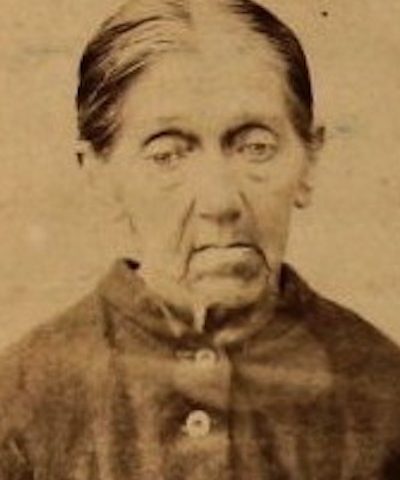
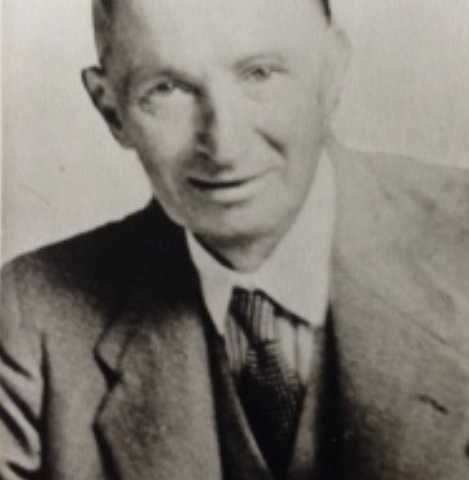
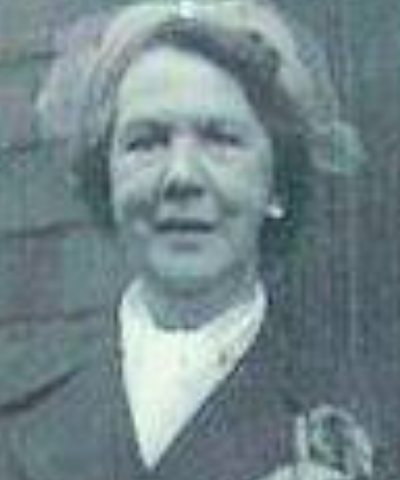

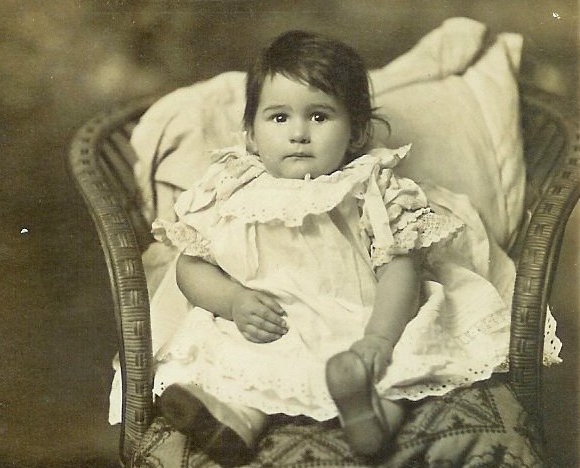
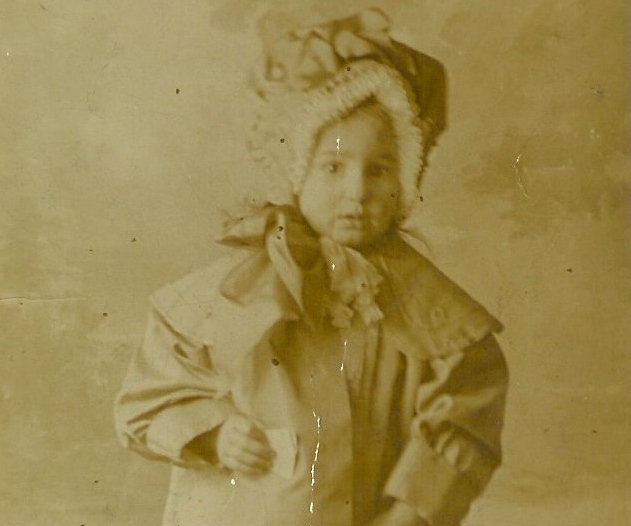
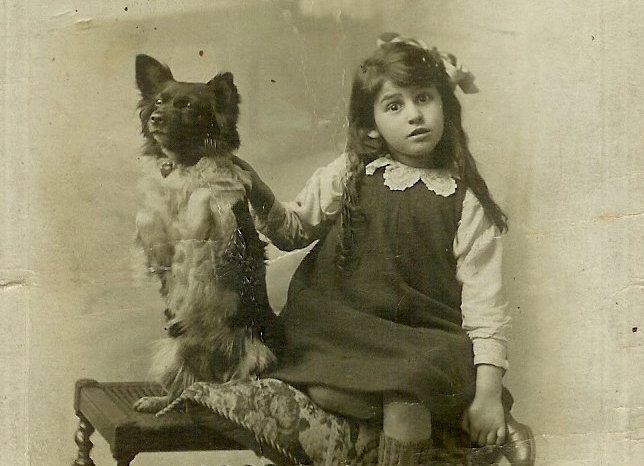
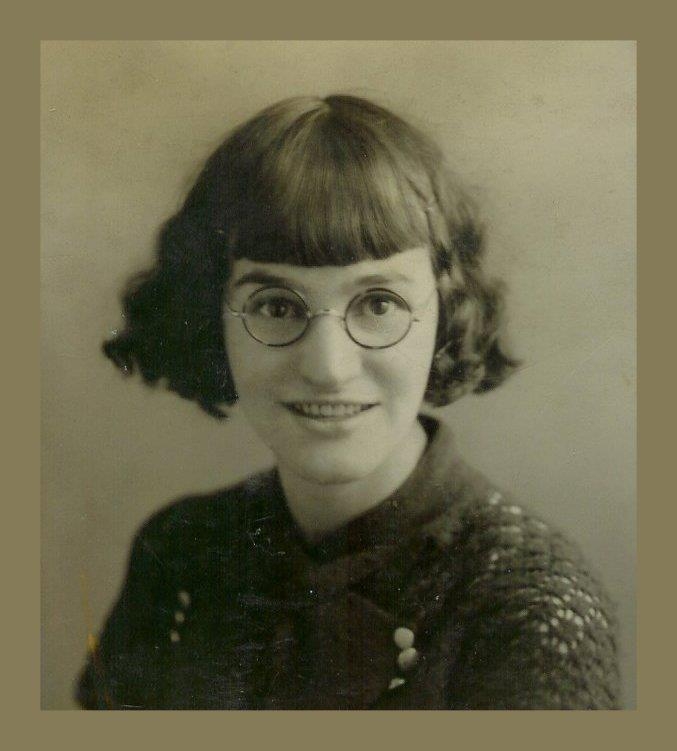
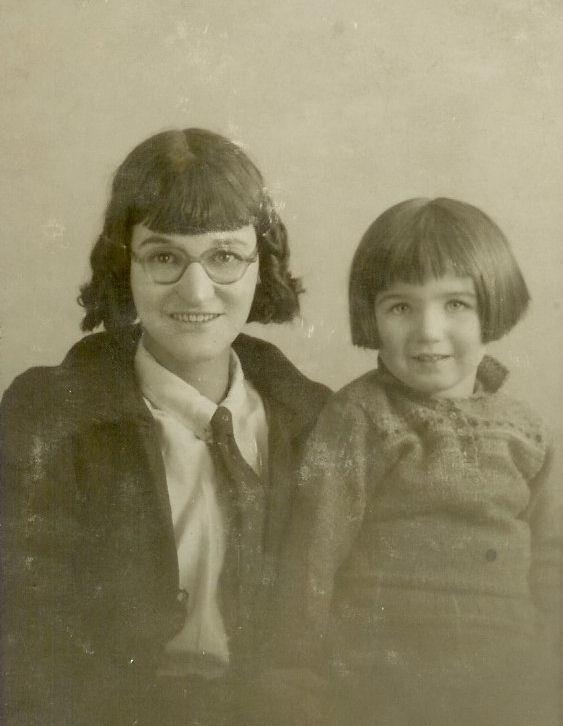
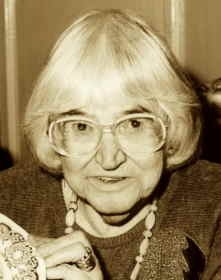
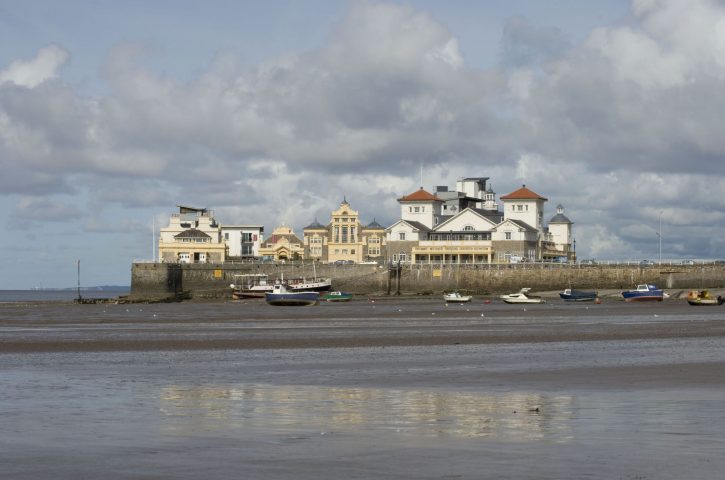
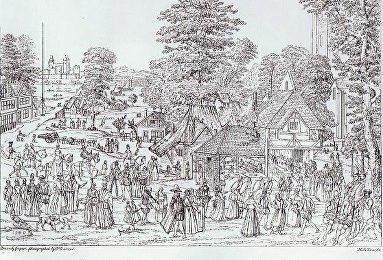
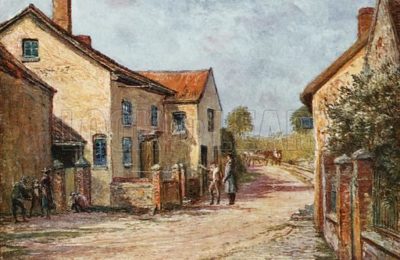
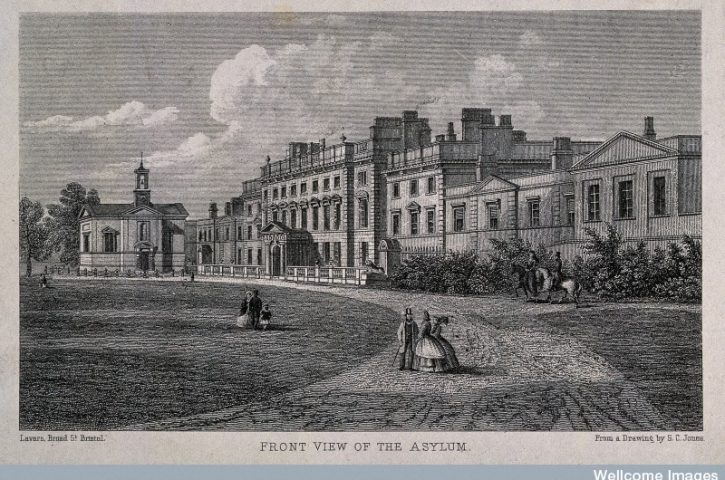
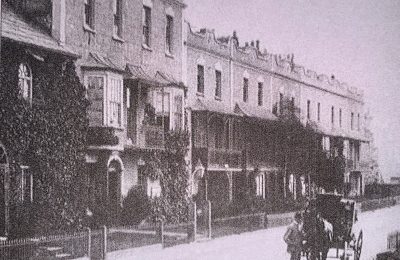
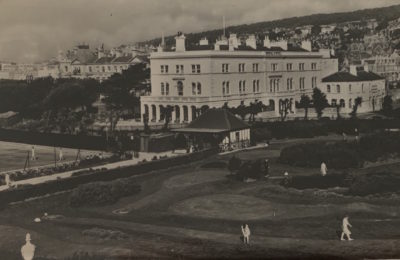
I’ve really enjoyed reading the above. During lockdown here in Brisbane, Australia I have been delving into family history and discovered that my great grandmother came from Brislington and was christened at St Lukes. Her father was John Cox, a tanner and a JP. born in the early 1800s. Still looking for more information.
Hi Barbara, thanks for your message, I’m really glad you’ve enjoyed my research. The name John COX rings a bell somehow, but I can’t place it at the moment. I wonder if the name COX was mentioned in something I read when researching my 4 X Great Grandfather Thomas JAMES (you can read about him in my Ancestors Gallery if interested). I’m just pretty sure I’ve read that name before somewhere. Many of own JAMES ancestors are buried in the church yard at Brislington and I visited last summer which was lovely. The area has sadly lost it charm, but the church has remained a sweet little parish church and it was lovely to see the JAMES family graves all there in reasonable condition. I hope you perhaps get to visit one day. Best wishes, Honey
I am interested in Wick House: my great grandfather Walter was a coachman there and he married one of the lady’s maids, Mary and in 1871 in the census they were living in the cottage in the grounds (which I visited about 30 years ago). They then moved to Corsham. I have been trying to find out who owned Wick House then and something about the life at Wick House at the time. I know from the census that Richard Grant was the gardener and he and wife Mary also lived in the grounds. Any information would be welcomed.
Hi Hilary, I’m afraid I don’t have any information about Wick House to add, but it sounds like you’re on your way to discover some fascinating family history!
What a fantastic blog! I stumbled upon it by accident whilst researching my Fox ancestry. Thank you for creating it. Best wishes, Deborah. (Granddaughter of Mary Hannah Fox of Swansea)
Hi Deborah, So sorry for the delayed reply! I’m glad you like the blog. Are you descended from the Fox family who founded the Brislington Asylum? Best wishes, Honey
Thank you for this! Two of my ancestors were supposedly buried at Brislington Manor – John 1 Baron Bristolton Warre and his son, Jordan De La Warre. Do you know what might have happened to the graves?
Hi, I’m afraid I don’t, however I believe the De Le Warre family were the landed gentry in the area and that there is a De Le Warre figurine at St Luke’s Church Brislington to commemorate their patronage etc? (Apologies it took me so long to reply, I only just saw your comment!)